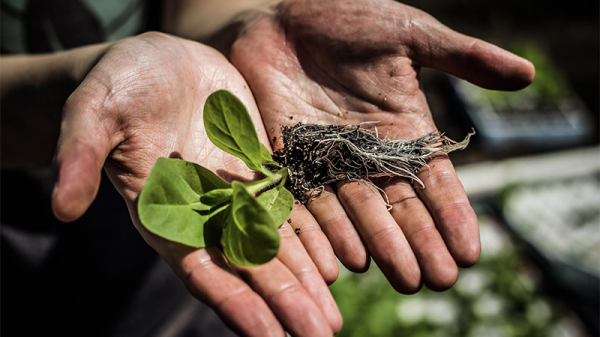We think of hacking as bending technology to our will. But some systems are biological, and we’re also starting to see more hacking in that area. This should excite science fiction fans used to with reading about cultures that work with biological tech, so maybe we’ll get there in the real world too. Hacking farm crops and animals goes back centuries, although we are definitely getting better at it. A case in point: scientists have found a way to make photosynthesis better and this should lead to more productive crops.
We learned in school that plants use carbon dioxide and sunlight to create energy and produce oxygen. But no one explained to us exactly how that happened. It seems a protein called rubisco is what causes this to happen, but unfortunately it isn’t very picky. In addition to converting carbon (from carbon dioxide) into sugar, it also converts oxygen into toxic compounds called ROS (reactive oxygen species) that most plants then have to spend energy eliminating. Scientists estimate that if you could recover the calories lost in this process, you could feed an additional 200 million people worldwide at current production levels.
Continue reading “Green Hacking: Overclocking Photosynthesis”











